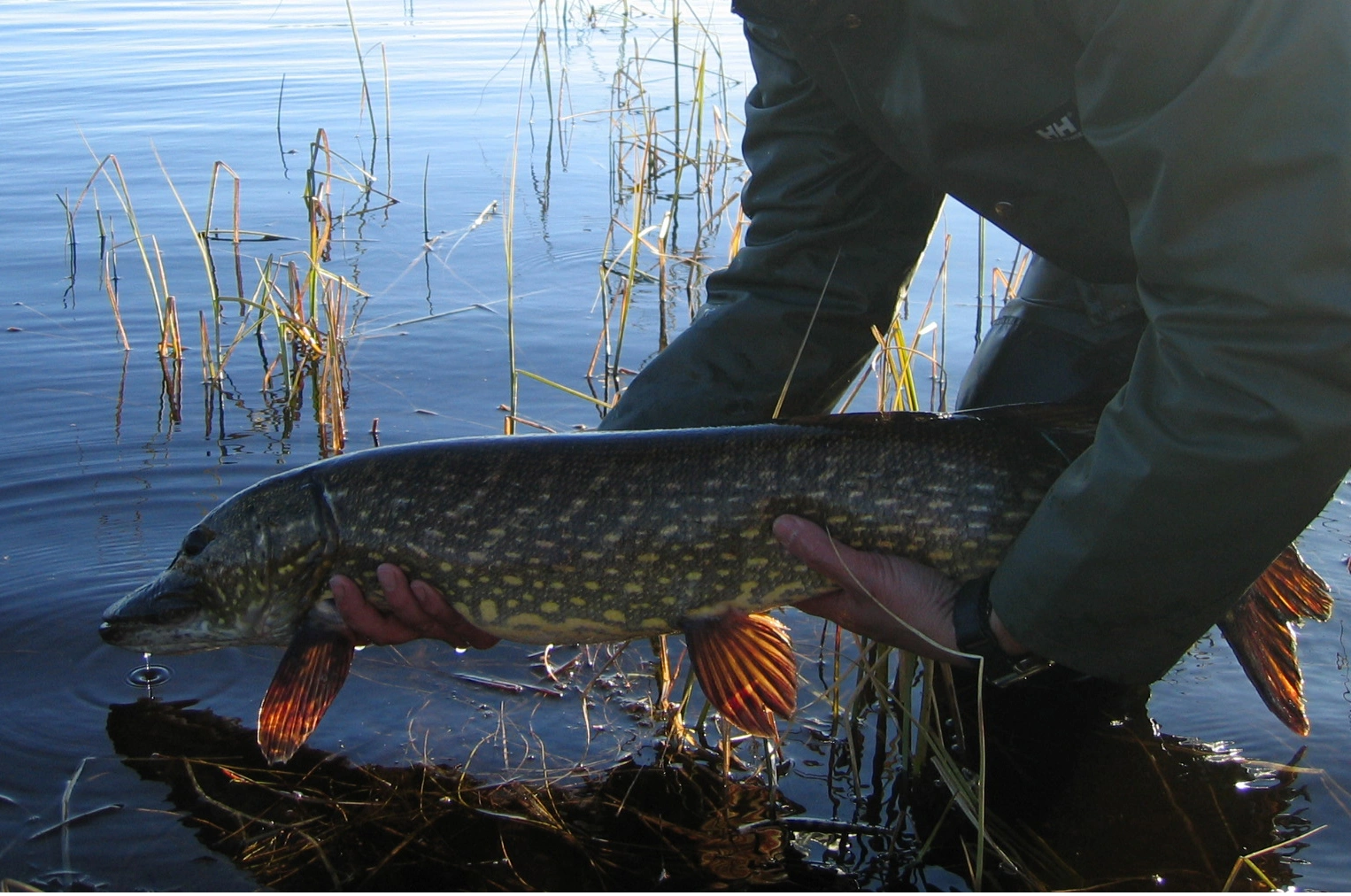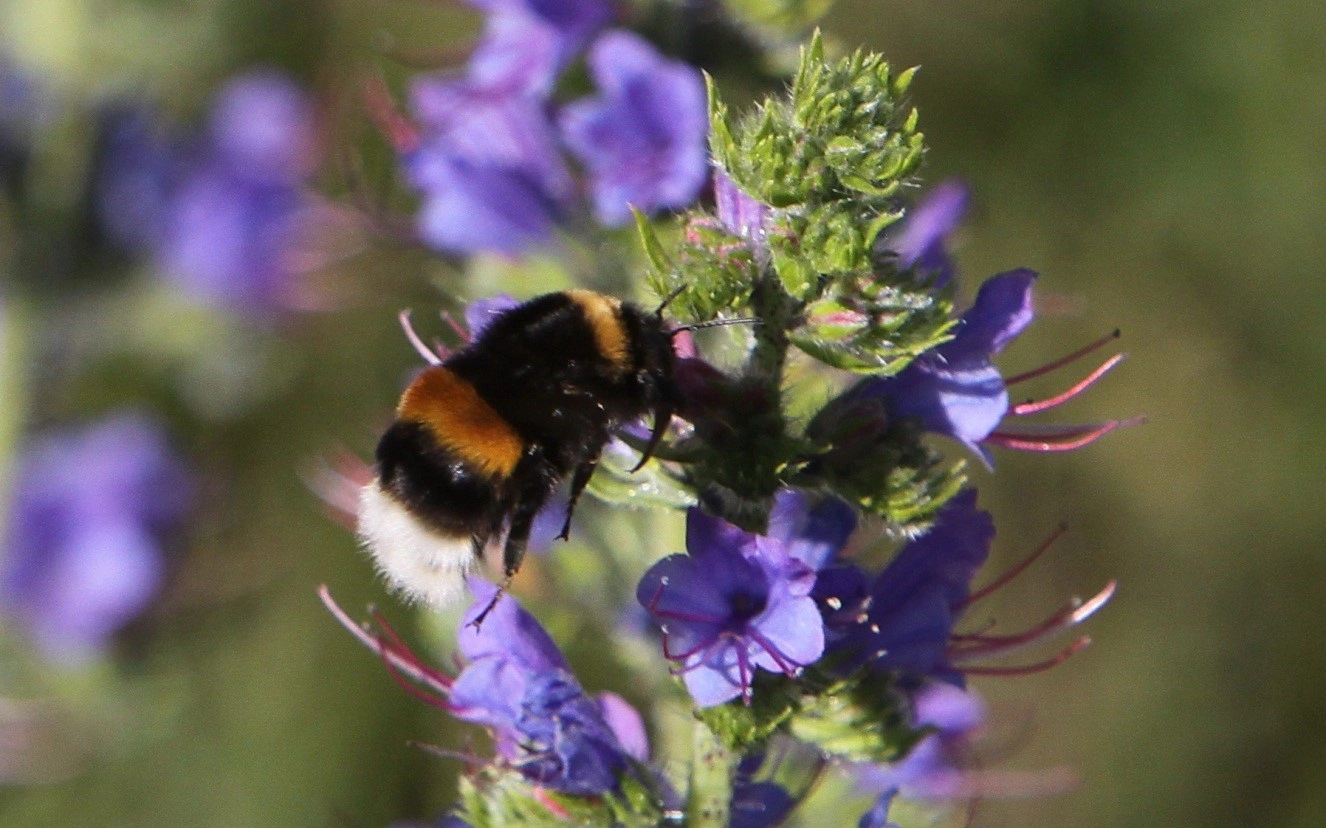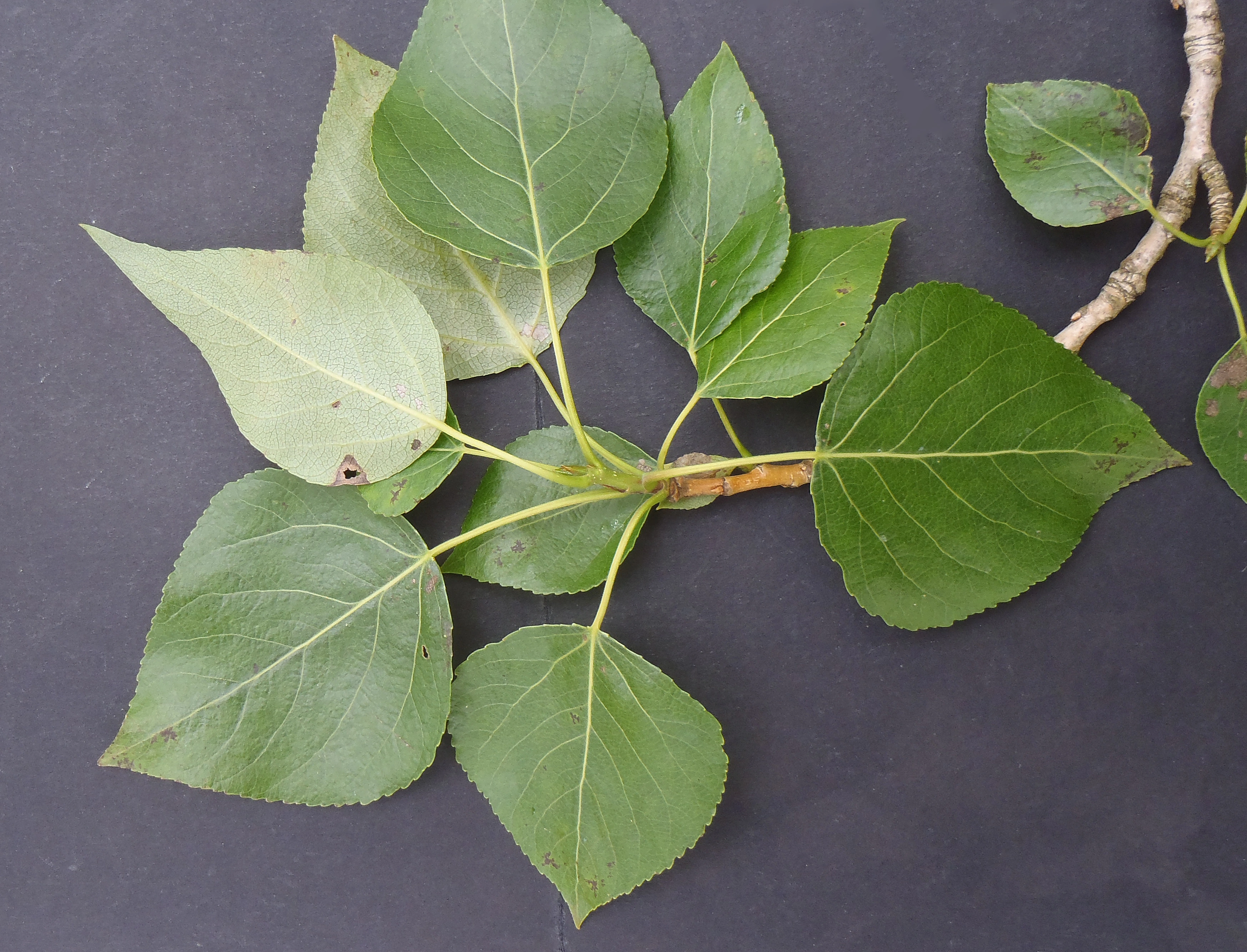Species with increased risk
The alien species thicket creeper Parthenocissus inserta, lodgepole pine Pinus contorta and variegated yellow archangel Lamiastrum galeobdolon present a much greater risk than the last time alien species were assessed in Norway.
- Innhold
- These species have a higher risk
- Many species now have a lower risk
- New knowledge, additional historical sources and new interpretations
New knowledge and an improved methodology has resulted in several species receiving a changed status in the Norwegian Biodiversity Information Centre's new Alien Species List. A third risk assessment of alien species has been undertaken in Norway and a great deal has happened since the previous survey, in 2012.
"With the new Alien Species List we have updated and solid knowledge for many alien species. This applies both to species that have already become established and those which are making an appearance and can therefore become established in Norway. The Alien Species List is a key part of the work to ensure an effective effort against damaging, alien organisms" said Climate and Environment Minister, Ola Elvestuen.
Elvestuen opened the conference "Alien organisms – risks for nature, plant and animal health" where the Alien Species List was launched on 5 June 2019.
These species have a higher risk
One species which has been upgraded by four levels since 2012 is the garden plant variegated yellow archangel Lamiastrum galeobdolon. It has gone from no known impact to severe impact. Findings of specimens of the plant in the wild have been registered only in the southernmost counties. The change in category is not due to significant dispersal but the danger that variegated yellow archangel Lamiastrum galeobdolon could hybridize with the native sub-species of Lamiastrum galeobdolon, which is critically endangered on the Norwegian Red List. If the hybrids backcross with the native species, it will lead to a mixing of the variegated yellow archangel genes with those of the endangered species.
In total, 172 species have had their risk upgraded by one level and 25 species by two levels. Seven species have gone up three levels, including the vascular plants thicket creeper Parthenocissus inserta, hoary alyssum Melilotus officinalis and yellow sweet clover Berteroa incana.
Thicket creeper Parthenocissus inserta has been upgraded by three levels, from no known impact to high impact. This is a perennial climbing plant from North America and well known in Norway.
It began its expansion around 1940 and can be found for the most part in heavily modified nature types, such as, for example, along roads where it has been used to cover noise barriers and steep banks. The species has established itself on the vulnerable calcareous bedrock ("kalkberg") in the inner Oslo fjord and is also in the process of becoming a problem in the Ekeberg area and on Malmøya island. It forms compact mats that suppress native plants, and to some extent vulnerable and rare plants. It is also occurring to an increasing degree in nature reserves. Furthermore, thicket creeper Parthenocissus inserta is becoming established in different types of woodlands. It is currently commecially available, although not extensively, but is nonetheless still used along new roads, especially where rock has been dynamited and there are noise barriers.
One of the 25 species that has been upgraded by two levels is lodgepole pine Pinus contorta. This light-loving tree species from North America has gone from having a potentially high impact in 2012 to an extreme impact in 2018. This pine tree can grow to around 25 metres high in Norway, and for several decades has been planted in connection with forestry. Lodgepole pine Parthenocissus inserta is often planted in many small stands in the montane birch forest and grasslands ecoregion, as well as the birch forests in the north. It can change the environmental conditions so that deciduous trees are replaced with conifers.
The majority of planted stands are in eastern Norway but it has also been planted in Rogaland, Trøndelag and Nordland. It is now documented that the species has spread and is established, with stands in the wild in 10 counties as far north as Hemnes in Nordland, with several occurences documented in Hedmark, Møre og Romsdal, Trøndelag and Nordland.
The potential for dispersal is assessed as large, and the changed assessment is due not least of all to 79 percent of all registrations being made after the survey in 2012. This influences the assessment of possible impacts.
In total, 392 species have been assessed for the first time for mainland Norway. The figure includes both species that are new in Norway, established species that have not previously been risk-assessed and door knocker species. The door knocker species are species that are not yet established in Norway but which are presumed to be able to establish themselves in the course of the next 50 years.
For the first time we have also risk-assessed species that are regionally alien. These are species which are native in parts of Norway but which after 1800 have been spread anthropogenically to places in the country where they do not belong.
Northern pike Esox lucius is regionally alien in the counties of Aust Agder, Vest-Agder, Rogaland, Hordaland, Sogn og Fjordane and Møre og Romsdal. It is also considered to be regionally alien in Buskerud and Trøndelag, even though it occurs naturally in some places there. Over a long period of time there has been extensive dispersal of northern pike Esox lucius throughout Norwegian waterways and in recent years northern pike Esox lucius has been intentionally released in many lakes in southern Norway. Northern pike Esox lucius has a strong ability to disperse and this can influence the natural environment by, among other things, causing the trout Salmo trutta stocks in smaller lakes to become extinct. It therefore poses a severe risk (severe impact) for biodiversity.
Northern pike Esox lucius, is a regionally alien species which has a large invasion potential and medium ecological effect.
Another regionally alien species with a severe impact, is the buff-tailed bumblebee Bombus terrestris. It is generally assessed as being native to the counties of eastern Norway but as regionally alien from Rogaland and northwards along the coast to Troms. Researchers assess the potential for further establishment and expansion in Norway as large. Buff-tailed bumblebee Bombus terrestris can have a negative effect on the population of other bumblebee species, including Red Listed bumblebees.
Buff-tailed bumblebee Bombus terrestris is highly competitive. It emerges early in spring, occupies nesting sites before other bumblebee species, makes larger nests and produces more workers.
Many species now have a lower risk
In total, 392 species have been assessed for the first time for mainland Norway. The figure includes both species that are new in Norway, established species that have not previously been risk-assessed and door knocker species. The door knocker species are species that are not yet established in Norway but which are presumed to be able to establish themselves in the course of the next 50 years.
For the first time we have also risk-assessed species that are regionally alien. These are species which are native in parts of Norway but which after 1800 have been spread anthropogenically to places in the country where they do not belong.
Northern pike Esox lucius is regionally alien in the counties of Aust Agder, Vest-Agder, Rogaland, Hordaland, Sogn og Fjordane and Møre og Romsdal. It is also considered to be regionally alien in Buskerud and Trøndelag, even though it occurs naturally in some places there. Over a long period of time there has been extensive dispersal of northern pike Esox lucius throughout Norwegian waterways and in recent years northern pike Esox lucius has been intentionally released in many lakes in southern Norway. Northern pike Esox lucius has a strong ability to disperse and this can influence the natural environment by, among other things, causing the trout Salmo trutta stocks in smaller lakes to become extinct. It therefore poses a severe risk (severe impact) for biodiversity.
New knowledge, additional historical sources and new interpretations
There can be many reasons why species change categories. The experts use both new knowledge to ascertain how a species influences biodiversity and historical sources to find out how long it has been in the country. The key guideline is that species established prior to 1800 are considered to be native. These shall therefore not be risk-assessed. Discoveries of new historic sources and new source interpretations that show that the species was introduced earlier than first supposed, can result in it not being risk-assessed.
In the most recent survey, 1532 alien species in Norway were risk-assessed, including Svalbard. This is 352 more species than in 2012. This is due to, among other things, quite a few new species having arrived in Norway, as well as an increase in the knowledge foundation which subsequently enables more species to be assessed.
Many of the species which the experts assessed for the first time pose a severe impact risk to Norwegian nature. On the other hand, the majority of the assessed species present a low impact risk. Many species with a low impact in 2012 have, in 2018, been allocated to a higher risk category. This indicates that users of this knowledge should also be aware of species in the lowest risk categories. A change in category can occur for several reasons and is often due to new knowledge regarding species presence and the impact on other species and nature types in Norway.


